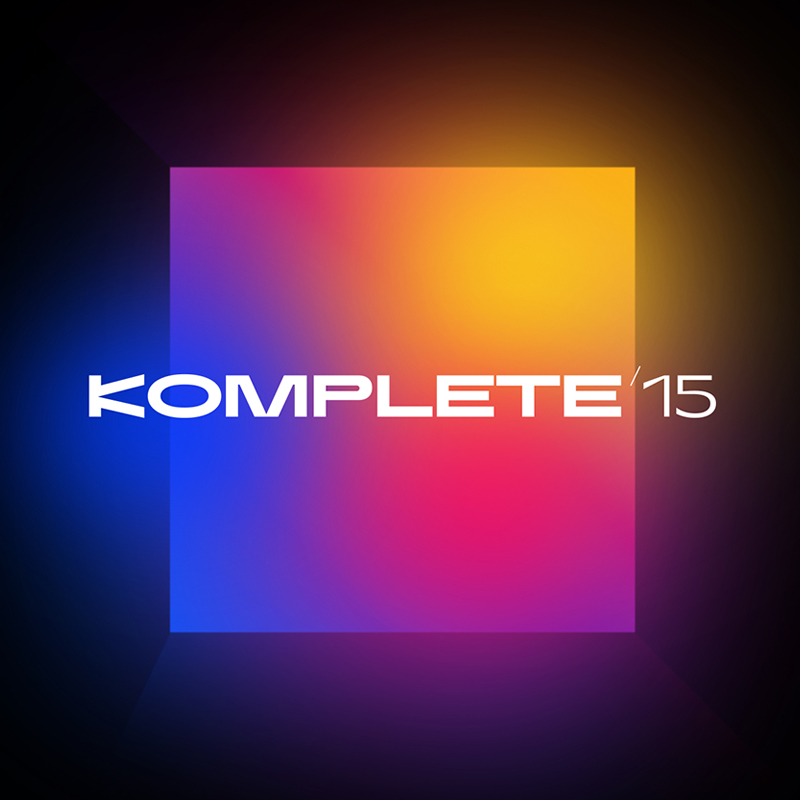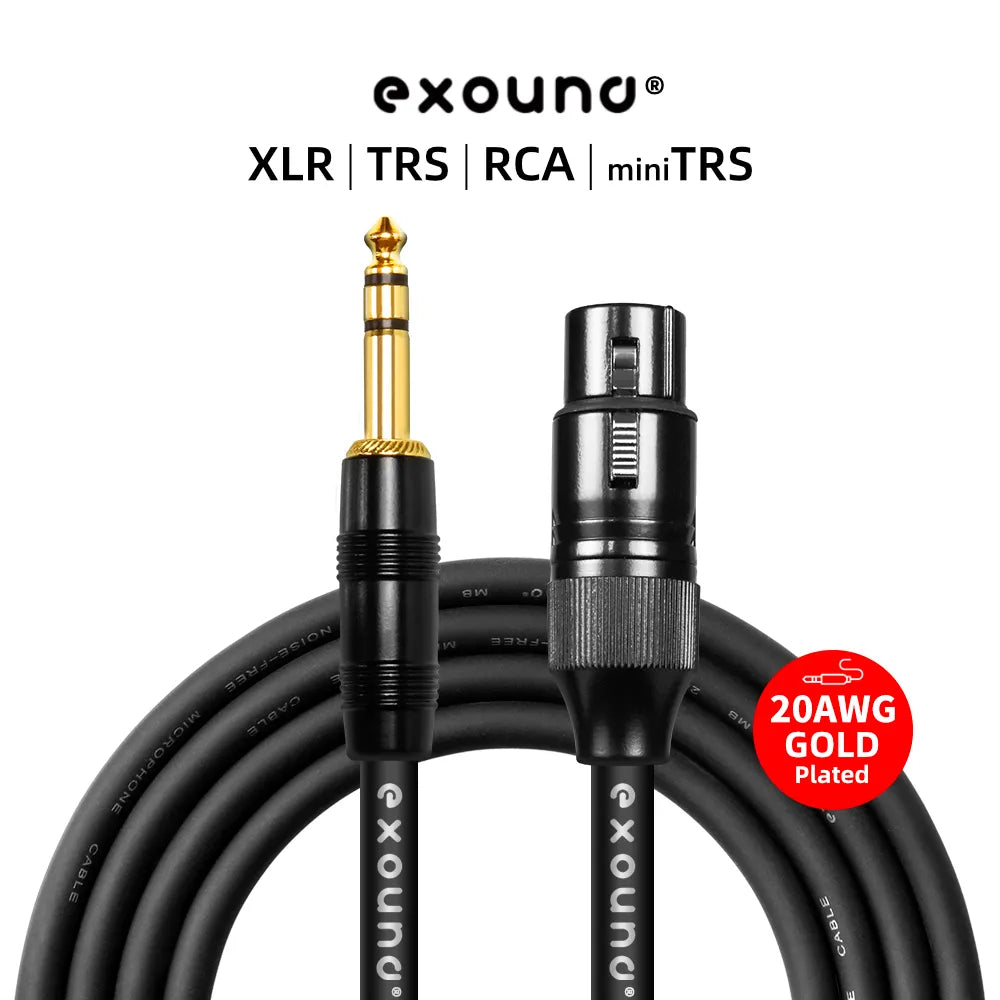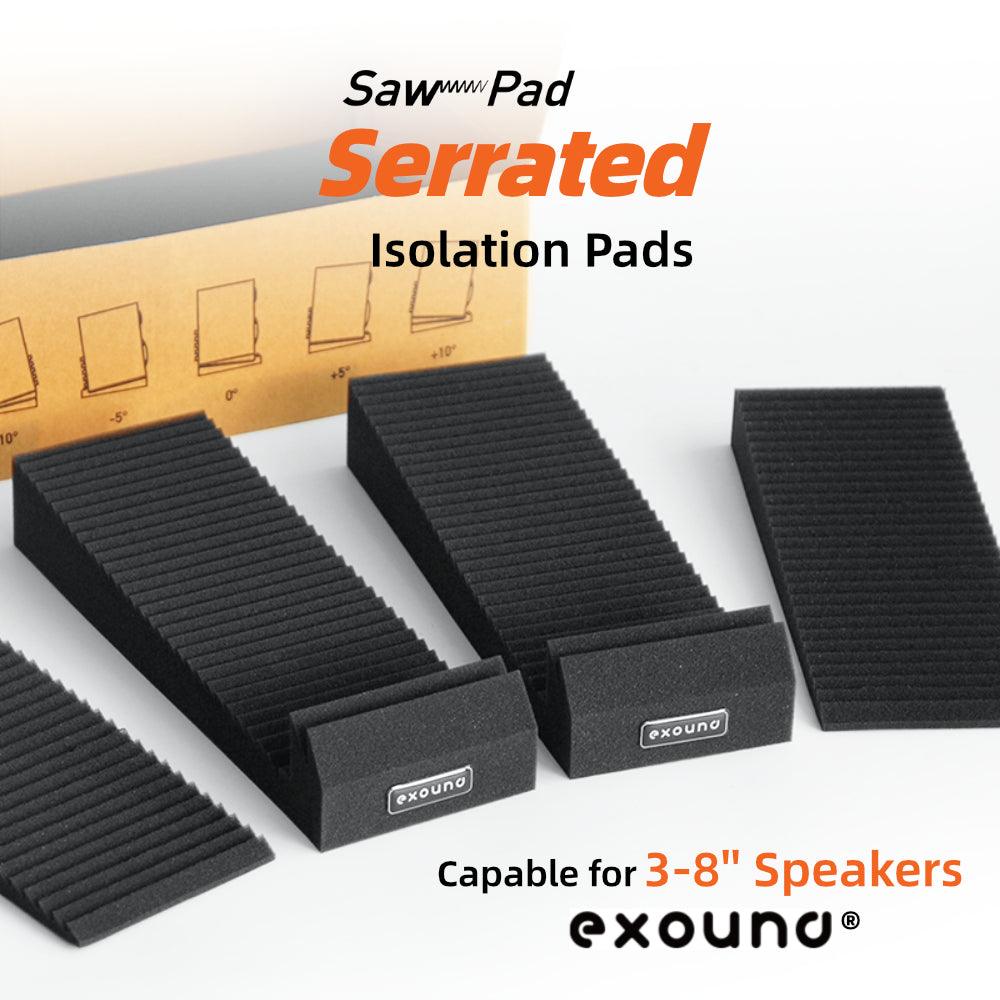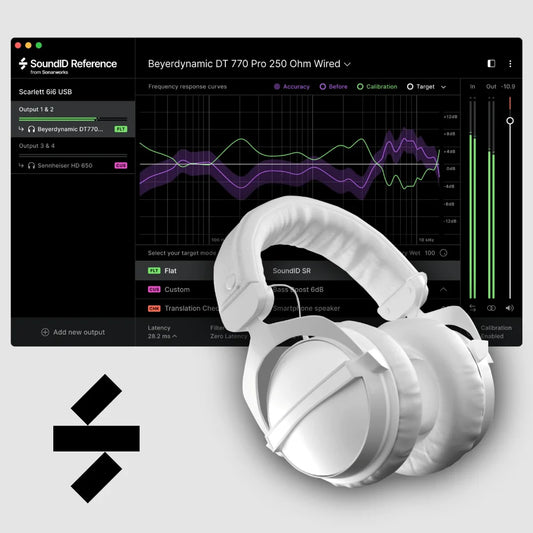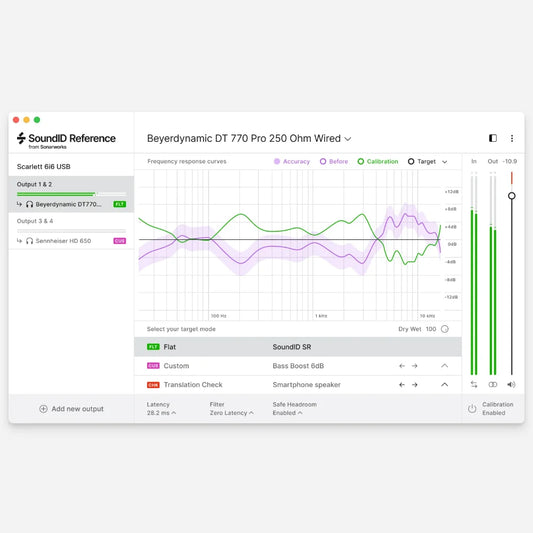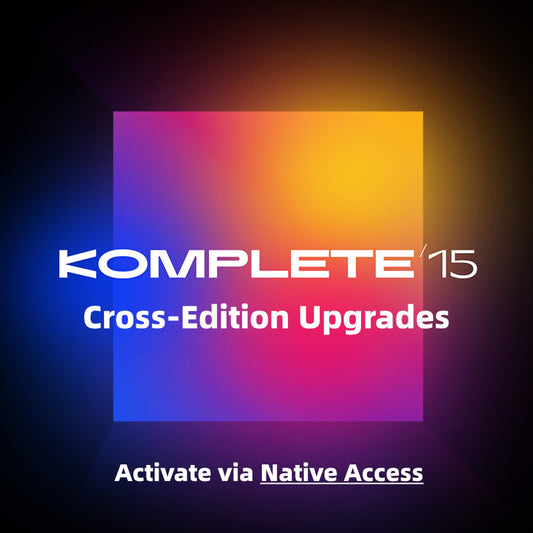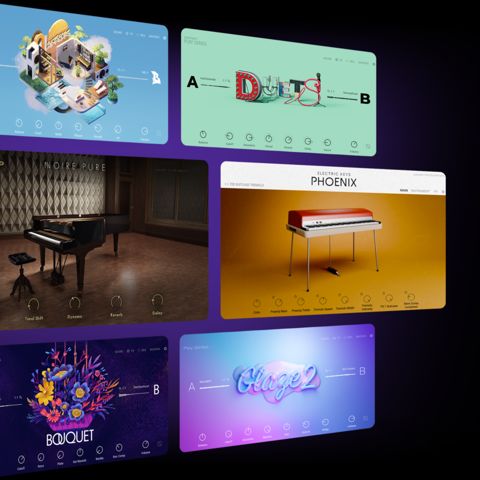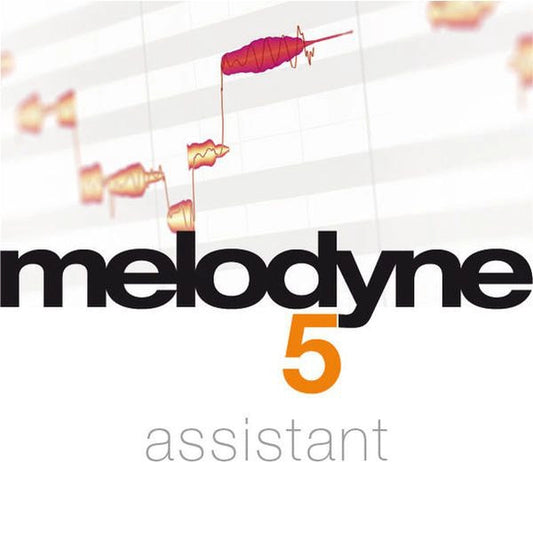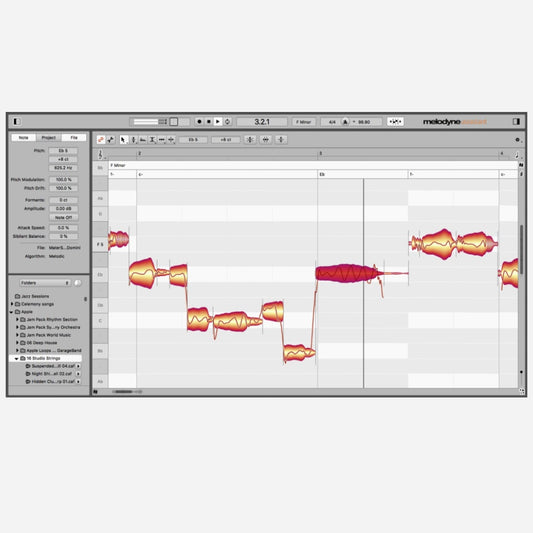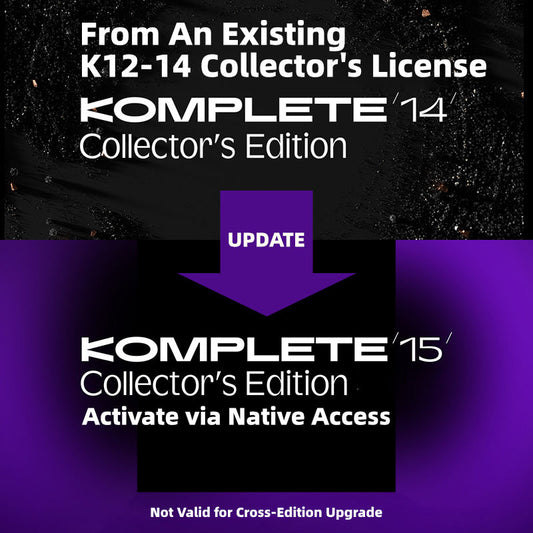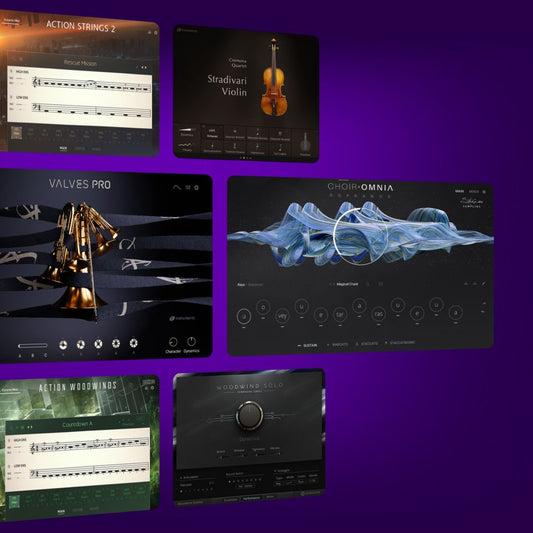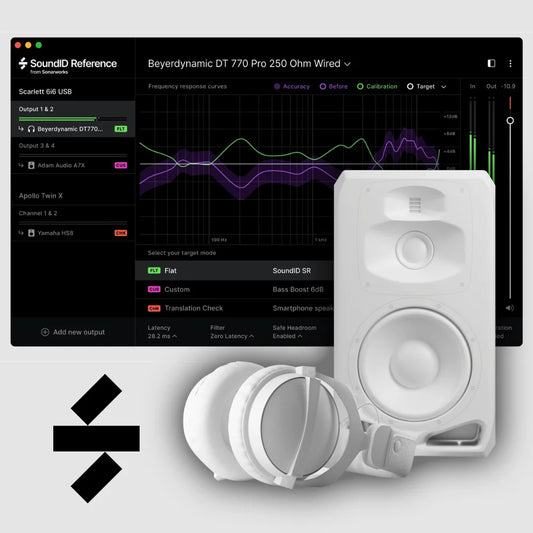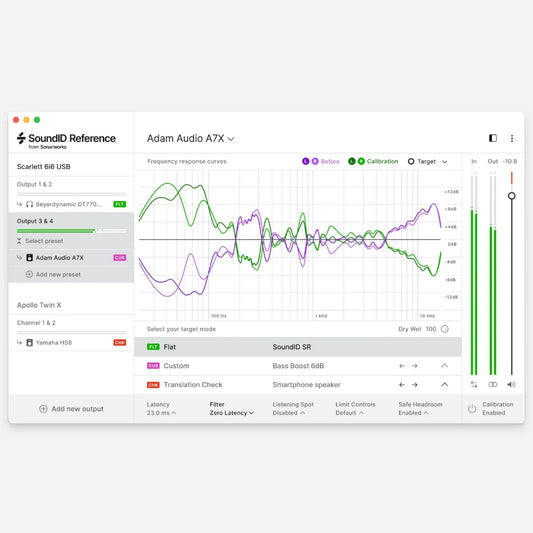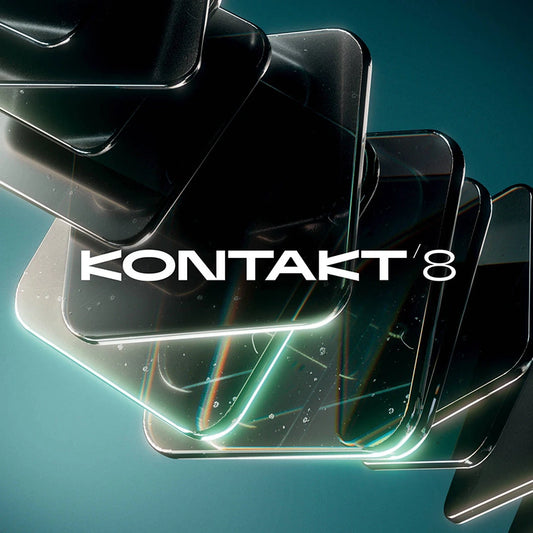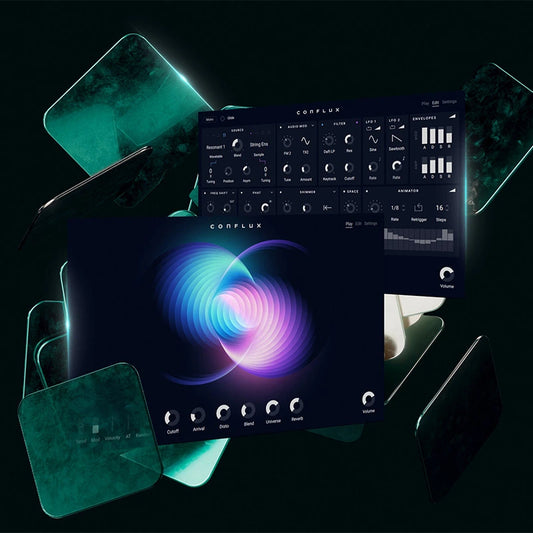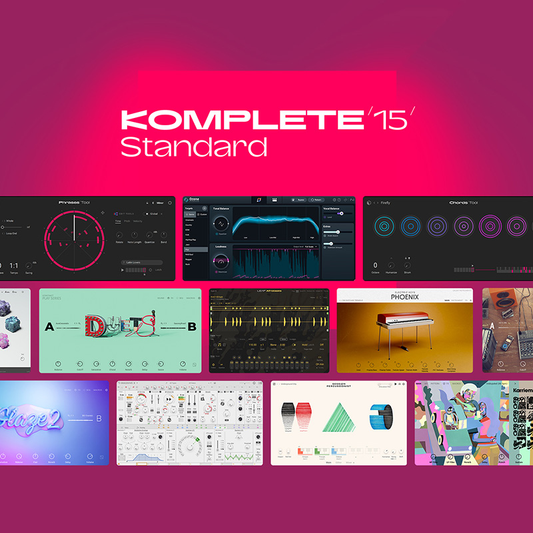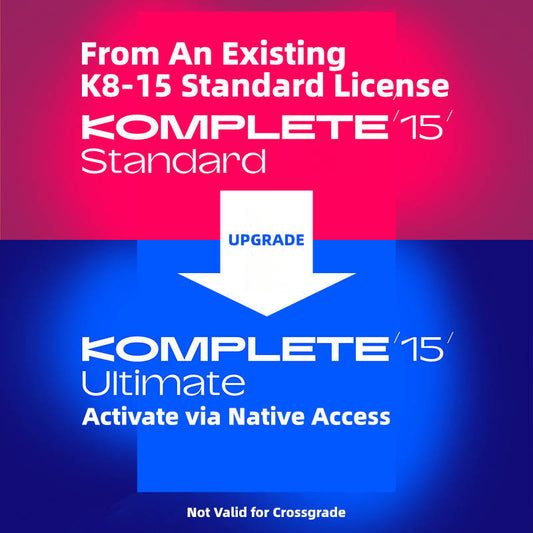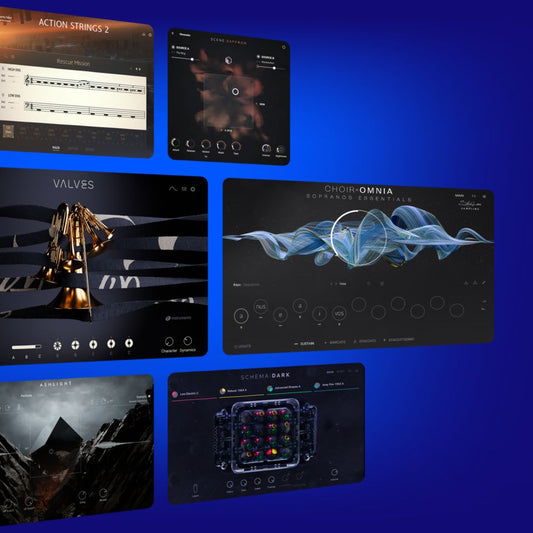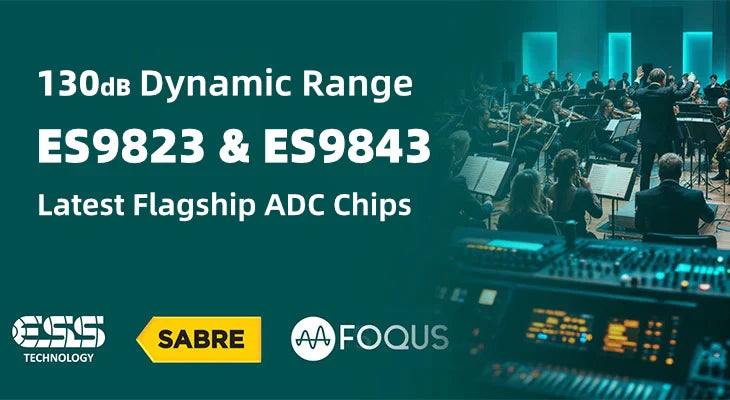
ESS Unveils Record-Breaking 136dB ADC Chips ES9823/ES9843
Share this article
It's hard to believe ESS Technology, Inc. is celebrating its 40th anniversary. Twenty years ago, we'd never even heard their name; yet, ten years ago, they'd already monopolised the DAC pipeline in high-end audio interfaces.
Since 2022, they've begun dominating the ADC side as well:
- MOTU UltraLite mk5 switched to ES9842 DAC
- Apogee Symphony Desktop adopted ES9842
- Genelec 9320A uses ES9822
- And even our measurement device E1DA runs on ES9822 (128dB input in mono mode)
This collective shift from AKM to the more expensive ESS wasn't just due to luck (though AKM's 2020 factory fire certainly played a role) – there were solid technical reasons.
Comparing four-channel performance: the AK5574 delivers 121dB dynamic range with -112dB THD, while the ES9842 achieves 122dB dynamic range with -116dB THD.

Sometimes, when a monopolist delivers genuinely superior products, we can't complain about the monopoly.
The new flagship ADC lineup introduces two models: ES9823 and ES9843.
- The ES9823, operating in stereo mode, achieves 128dB dynamic range per channel – an industry record.

If you're a well-heeled musician, you might be wondering: "Don't some audio interfaces already claim 139dB input?"
Well... that's "hand-crafted dynamic range"...

Put simply, it's something you can do yourself manually by recording line inputs at two different levels (if your line input has adjustable gain), then combining them using multi-channel recording software.
While these interfaces boast impressive dynamic range figures, they lack corresponding THD+N specifications (the Neumann MT48, for example, only manages -105dB).
Traditional industry leaders like Avid, Apogee, UA, MOTU, and Antelope haven't adopted this approach.
- This technology isn't particularly mysterious – even the budget-friendly RØDE NT1 5th Generation microphone includes it.

Different from above, the ES9823 delivers native high dynamic range.
Beyond this, the ES9823 supports a "multi-chip hybrid" architecture, potentially combining up to four ES9823 chips to achieve 136dB input dynamic range.
We've previously reviewed the Antelope Amari, which uses four CS43198 chips per channel to achieve 138dB dynamic range (output), though at an impressive +27dBu output level.
At the more standard +20dBu output, it only manages 131dB dynamic range, not significantly different from the Symphony IO SE or UA Apollo x16.
Professional audio interface manufacturers probably won't pursue this multi-chip approach. Despite previous ES9822 & ES9842 chips offering mono mode (which provides a 3dB dynamic range improvement), we haven't seen manufacturers implement this feature, likely due to other technical challenges, such as analogue circuitry signal-to-noise ratios not keeping pace.
- Note that only the ES9823 supports multi-chip combining; the ES9843 does not.
- This combining method uses "same-level combining," which differs fundamentally from the "different-level combining" of the hand-crafted approach mentioned earlier.
The ES9823/ES9843 also feature DSP functionality.
According to official specifications, capabilities include: 25-band EQ, software mixing console, compression and expansion, automatic gain control, and more.
However, given the tiny chip footprint (5x5mm), I suspect the processing power isn't particularly robust – two or three effects would be impressive.
Hardware control support has also been added.
Previous ES9822/ES9842 chips lacked this capability. The new chips can control: signal routing, automatic muting, filter selection, serial mode, mono mode, and more.

The ES9823 comes in two variants.
The premium version is called ES9823(M)PRO, with the "M" standing for MQA Labs. This version of the ES9823 employs a "decimation filter" technology called FOQUS.
Simply put, the 44/48kHz audio we typically hear has been downsampled multiple times from the highest sampling rate (384kHz → 192kHz → 96kHz → 48kHz), but FOQUS technology eliminates many of these conversion steps, dramatically reducing "quantisation/dither distortion."
- For more details, visit the official website: mqalabs.com/foqus

I have some reservations about this...

Despite the significant dynamic range improvement and breakthrough FOQUS technology, the ES9823(M)PRO's THD+N only reaches 117dB, no improvement over the ES9822 in this regard.
- To measure -120dB THD+N, you'd still need to invest in something like the $30,000+ APx555B analyser.
Regardless, ESS has become the encoding industry leader. A 3dB input dynamic range improvement represents roughly a decade's worth of progress.
- The recording industry achieved 120dB dynamic range (+22dBu) back in 2006, and today we're only at about 125dB (+24dBu).
Considering input levels, the Apogee Symphony's 124dB (+20dBu) still captures the finest details available. Cost-no-object solutions like Lavry can achieve 128dB input dynamic range (+24dBu, likely using ES9822 in mono mode).
- When the ES9823/ES9843 hit the market, we'll have 128dB input dynamic range in the $1,000 price range.
Here's hoping they launch soon!
Since the ES9823/ES9843 maintain the same pinout and form factor, ESS claims "high compatibility with ES9822/ES9842." Theoretically, manufacturers could simply swap chips to improve dynamic range without design challenges (unless they add DSP effects and hardware control features).
This represents a significant leap forward for the professional audio industry, potentially democratising studio-grade dynamic range performance at more accessible price points.



